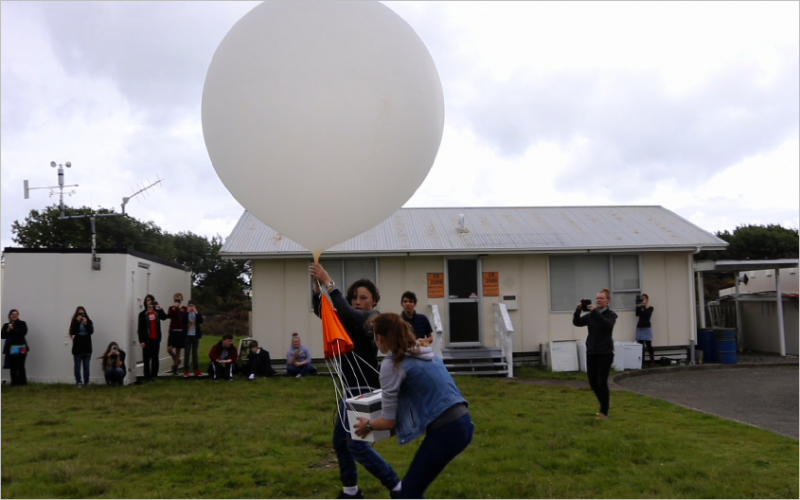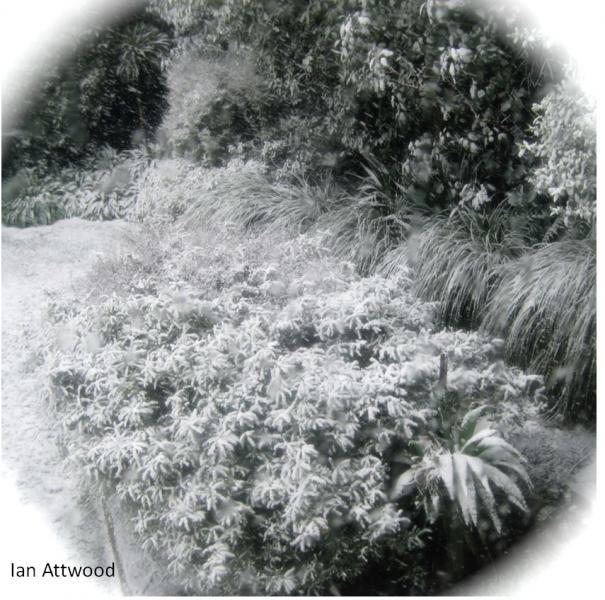An explanation of atmospheric optical phenomena
Here at MetService, people often send us photos of interesting clouds, unusual weather, and also atmospheric optical phenomena. Atmospheric optics is the branch of physics which describes how light interacts with the Earth’s atmosphere, to create a wide range of visual spectacles. Things such as rainbows, ice haloes, and crepuscular rays all come under atmospheric optics, along with many others. These can be observed all around New Zealand under the right conditions.


